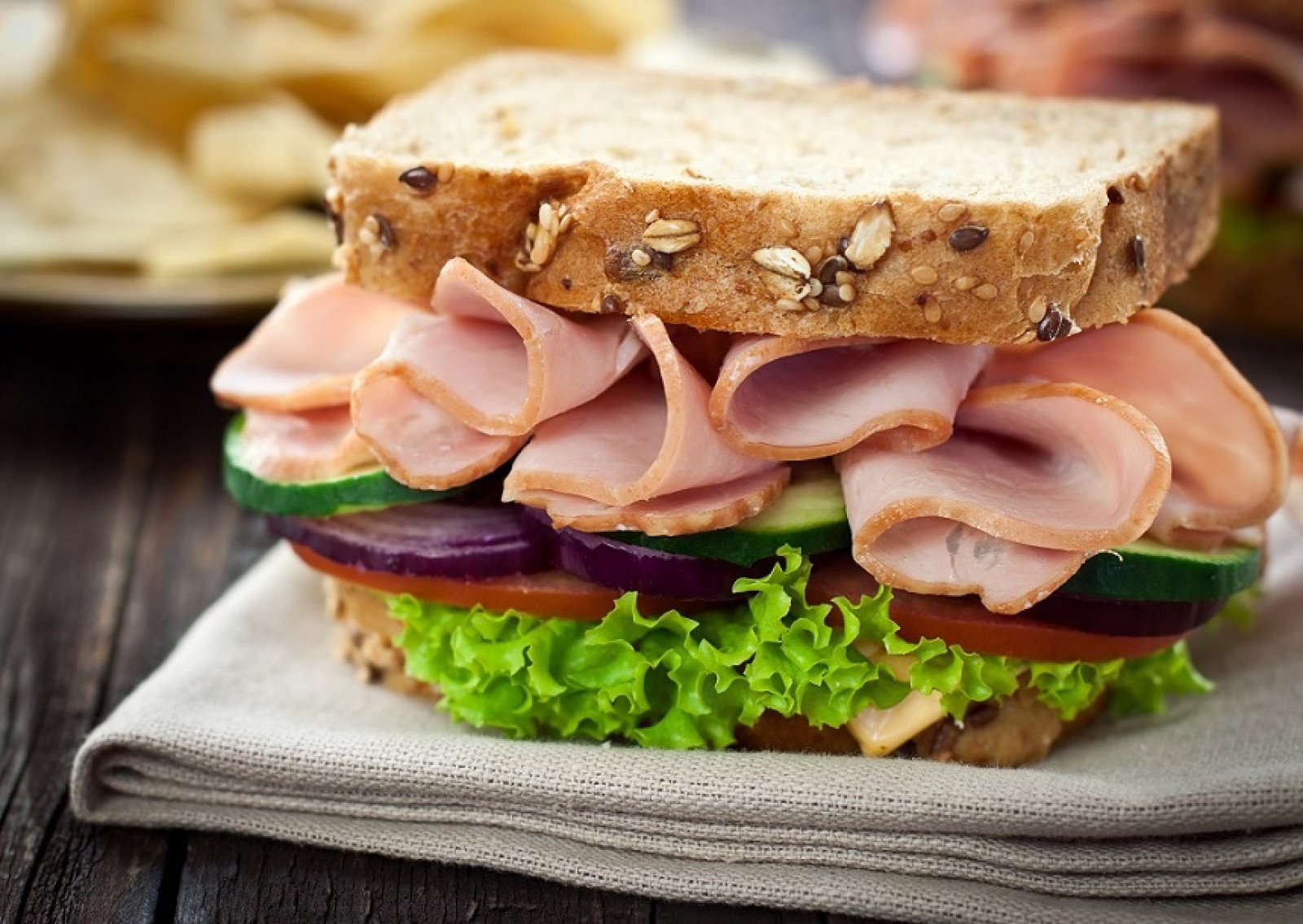Food's carbon footprint
Using research and debate, discover the environmental impact of our food choices and how to be conscientious consumers.

Overview
Your class will explore the environmental impact of food, considering the energy needed for growing, transporting, and storing food, its land and water footprint, and social equity issues. Students will debate different ways that tomatoes are produced to investigate which is most sustainable.
Instructions
What you'll need
- Digital projector and screen
- “Food choices” slideshow
- "What's the real carbon footprint of your food?" video
- “Tomato tomato” student handout, one per group. Plan for groups of 3-4 students
- Pull up the “Food choices” slideshow and start at slide 2 by asking students to define the term “food miles” (food kilometres).
- At slide 3 explain that food miles are a calculation of how far the food has travelled to get to our plates.
- At slide 4 consider that not all food travels. Traditionally, Indigenous people eat what they grow, forage or hunt locally, and preserve food by smoking, drying or salting and storing.
- Ask students to guess what the average distance much of our food travels to get to our plates for many people now in B.C.
- At slide 5 reveal one statistic that estimates food is transported an average of 1500 miles or 2400 km to get to our plates.
- Slide 6 lists impacts of food travel. Discuss the impact of fossil fuel use and carbon emissions. According to the International Panel on Climate Change (IPCC), about one quarter of global greenhouse gas emissions come from food. Consider the advantages and disadvantages of different modes of travel: air transport is faster, but the emissions are about 50 times more than for transporting by boat. Ask students to reflect on the impact of transporting food long distances and effects of the resulting need for food preservation as it travels.
- At slide 7 invite students to discuss the term “foodprint” and with a partner list the indicators that might be included in a foodprint calculation like energy/carbon impact of growing and transporting food, water use and land use.
- Slide 8 provides the definition that a foodprint is the environmental impact with growing, producing, transporting, and storing food. Ask students to compare their list of indicators with the ones shown on the slide. Discuss that foodprints could also include labour justice issues and animal welfare.
- At slide 9 have students consider what might be included in a milk foodprint calculation. Walk through each stage like what food the cow consumes, what land space is needed, and what methane emissions are produced by the cow. Also consider the energy needed for the equipment to milk the cow, process the milk, and transport, store and package the milk products.
- At slide 10 do a similar exercise with a kiwi. Have students consider questions like:
- Where is it grown?
- How is it harvested?
- How much water is used?
- How is it transported to us?
- How is it stored at the grocery store?
- How is it used and stored by the consumer?
- At slide 11 play the Financial Times Food Revolution, "What's the real carbon footprint of your food?" video to summarize the real carbon footprint of our food.
- At slide 12 have students discuss the complexity of the issue in calculating the impact of food. Ask them to share their views on carbon labelling in Canada. In addition to carbon labelling, what other foodprint indicators would students like to see on food labels?
- At slide 13 divide students into groups of 3-4 students. Provide each group with the “Tomato tomato” student handout and assign each group one version of the 4 tomatoes listed that can be bought in B.C. Depending on class sizes some groups will have the same tomato version.
- Imported fresh tomatoes
- Locally grown hothouse tomatoes
- Tinned tomatoes from Europe
- Locally farmed tomatoes
- Each group will follow the handout instructions to build a case for why their tomato is the most sustainable, using the indicators outlined.
- Each group has 5 minutes to present their case to the rest of the class. Each of the other groups can then ask one question to the presenters.
- At the end of the debate, have your students vote on which version they think is truly the most sustainable option. Is there a clear answer? Why or why not?
- Conclude the activity with a summary that these are complex issues, often without clear answers. As conscientious consumers we need to question, research, think and make informed choices.
Modify or extend this activity
- Have students research tools that help consumers make sustainable food choices. Ask students to consider if there are limitations with the tool, and if yes, if they can propose a tool (i.e. website, app, pamphlet) that would help consumers make sustainable food choices?
- Watch the video, "What's your food footprint?" to further explore the foodprint of common food items.
Curriculum Fit
Science 10
Big ideas and content
- Energy is conserved, and its transformation can affect living things and the environment
- Local and global impacts of energy transformations from technologies
Curricular competencies
Questioning and predicting
- Demonstrate a sustained intellectual curiosity about a scientific topic or problem of personal interest
Communicating
- Communicate scientific ideas, claims, information, and perhaps a suggested course of action, for a specific purpose and audience
Entrepreneurship and Marketing 10
Big ideas
- Social, ethical, and sustainability considerations impact design and decision making.
- Ethical marketing, forms of marketing and online marketing concepts
Social Studies 10
Content
- Environmental, political & economic policies: environmental issues including climate change, renewable energy and food security.
Curricular competencies
- Use Social Studies inquiry processes and skills to ask questions; gather, interpret, and analyze ideas and data; and communicate findings and decisions
Assessments
- Assess students’ understanding of the foodprint of food.
- Assess students’ ability to research and build a coherent argument in defence of their tomato.
- Assess students’ critical thinking skills in examining food choices and consumer behaviour.
Teaching Notes
Foodprints
Calculating the foodprint of food is about more than just the distance it travels to get to us. It also includes how the food was produced (pesticide herbicide use, land use, water use, labour), processed (how much processing is done before being sold, what kind of packaging is used), stored (cooling), and sold. Different kinds of food can also have larger impacts. For example, raising cows for beef and dairy has a much higher foodprint than growing tomatoes, because of the land use and methane emitted by the cows.
A number of foodprint calculation tools exist to help people identify the impact of their food choices. Check out foodprint calculators.
For more data on the environmental impacts of food production, check out "Our world in data".








